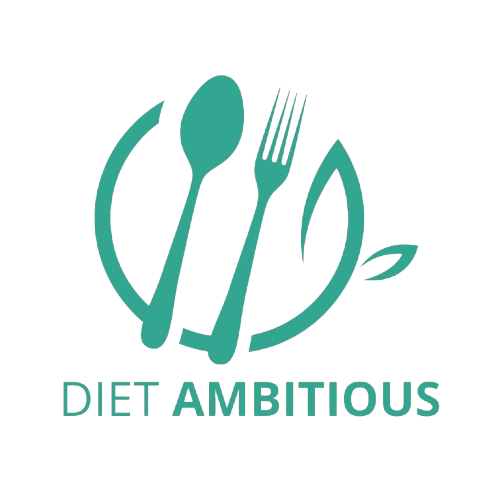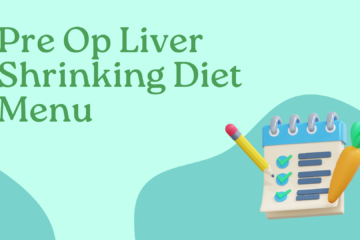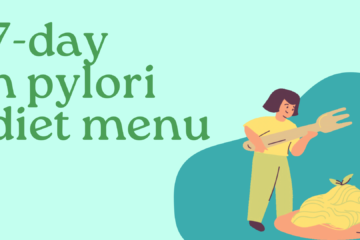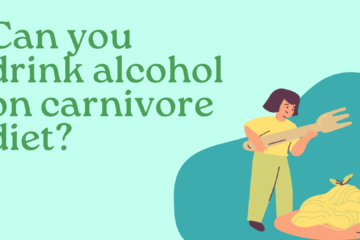Now that your gallbladder has been removed, let me start by giving you a tender hug if you’re still recovering. The aftereffects of gallbladder surgery, also known as cholecystectomy (yes, it sounds like a mouthful), are often overlooked, particularly with regard to what you can and cannot consume. When you leave the hospital with a menu that shouts, “Eat this and you’ll feel awesome!” it’s not like you’re given a magical PDF. Correct? We’re here today for precisely that reason. You’re not alone if you’ve been searching for stuff like “post gallbladder surgery diet menu PDF” at two in the morning while gripping your stomach. Let’s dissect it in the most straightforward manner we can.
Why Your Diet Changes After Gallbladder Surgery
Here’s the deal. Your gallbladder was in charge of storing bile, which helps digest fats. Now that it’s gone, bile just drips continuously from your liver into your small intestine. It’s not bad per se, but it does mean your body isn’t as great at handling fatty or greasy foods anymore. Cue the uncomfortable bloating, cramping, and, yep, bathroom drama.
That’s why your post-surgery diet matters so much. Think of it like retraining your digestive system — gently, slowly, and with foods that don’t cause chaos.
Basic Guidelines to Follow First (Like, Don’t Skip These)
Before we jump into the menu (it’s coming, promise), here are a few ground rules:
- Low fat is the way to go — aim for under 3g of fat per serving.
- Small meals > Big meals — six tiny meals a day are better than three feasts.
- Hydration is your best friend — sip water throughout the day.
- Introduce fiber slowly — or you’ll regret it later (read: gas and bloating).
What Foods Can You Eat After Gallbladder Surgery?
Let’s keep it real. You won’t be eating triple cheeseburgers for a while, but that doesn’t mean your meals have to be sad.
Here are your safe bets:
GO FOR THESE:
- Boiled or steamed veggies – carrots, green beans, zucchini, etc.
- Lean proteins – chicken breast, turkey, white fish (baked not fried)
- Egg whites – skip the yolks for now
- Rice, oats, quinoa – they’re gentle and filling
- Applesauce, bananas, and cooked fruits – easy on the tummy
- Broths and clear soups – your gut will thank you
AVOID THESE:
- Fried foods – chicken nuggets are a no (sorry)
- Full-fat dairy – switch to almond or oat milk instead
- Spicy stuff – not unless you like playing digestive roulette
- Caffeine and alcohol – yeah, we know, but your gut needs a break
Here’s a 3-day sample menu you can follow or tweak to your liking. You’ll want to print this or download it as a PDF (which we’ll link at the end).
Day 1
Breakfast
- Plain oatmeal with a banana
- Herbal tea or warm water with lemon
Snack
- Applesauce or a plain rice cake
Lunch
- Grilled chicken breast
- Steamed carrots and zucchini
- Brown rice
Snack
- Low-fat yogurt (if tolerated)
Dinner
- Clear veggie soup
- Small baked potato (no butter, maybe a sprinkle of herbs)
Day 2
Breakfast
- Scrambled egg whites
- Toast (whole wheat, no butter)
- Herbal tea
Snack
- Pear (peeled and sliced)
Lunch
- Quinoa salad with grilled turkey strips and steamed broccoli
Snack
- Small bowl of mixed berries
Dinner
- Baked cod
- Mashed sweet potatoes (no cream)
- Steamed green beans
Day 3
Breakfast
- Plain rice cereal with oat milk
- Soft-cooked apple slices with cinnamon
Snack
- Low-fat crackers with hummus
Lunch
- Lentil soup
- Side of brown rice
- Sliced cucumber salad
Snack
- Banana smoothie (banana + oat milk + a bit of honey)
Dinner
- Steamed tofu or grilled chicken
- Roasted carrots and squash
- Small bowl of couscous
Tips
- Track your food – Not forever, but during the first 2-3 weeks, keep a food journal. It’ll help spot any troublemakers.
- Gas is real – Some people get super gassy post-surgery. Try peppermint tea.
- Reintroduce foods slowly – Don’t rush to test spicy tacos on week 1.
- Everyone reacts differently – What works for your friend might not work for you.
Final Thoughts
Recovery after gallbladder surgery isn’t just about healing from the incisions. It’s about giving your digestive system time to adjust to its new way of doing things. Be patient. Don’t freak out if your appetite is weird or if one day you feel fine and the next you’re curled up with a hot water bottle. You’ve got this — and honestly, things do get better with time. Just listen to your body, and when in doubt, stick to that handy menu.




